Marie-Odile Cordier
INRIA - IRISA, UR1
Arguments using ontological and causal knowledge
Jan 16, 2014
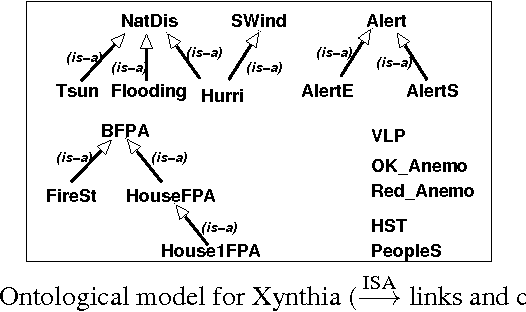


Abstract:We investigate an approach to reasoning about causes through argumentation. We consider a causal model for a physical system, and look for arguments about facts. Some arguments are meant to provide explanations of facts whereas some challenge these explanations and so on. At the root of argumentation here, are causal links ({A_1, ... ,A_n} causes B) and ontological links (o_1 is_a o_2). We present a system that provides a candidate explanation ({A_1, ... ,A_n} explains {B_1, ... ,B_m}) by resorting to an underlying causal link substantiated with appropriate ontological links. Argumentation is then at work from these various explaining links. A case study is developed: a severe storm Xynthia that devastated part of France in 2010, with an unaccountably high number of casualties.
Supply Restoration in Power Distribution Systems - A Case Study in Integrating Model-Based Diagnosis and Repair Planning
Feb 13, 2013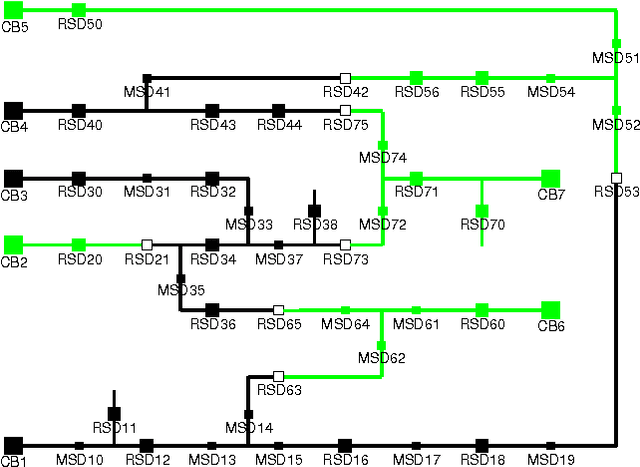
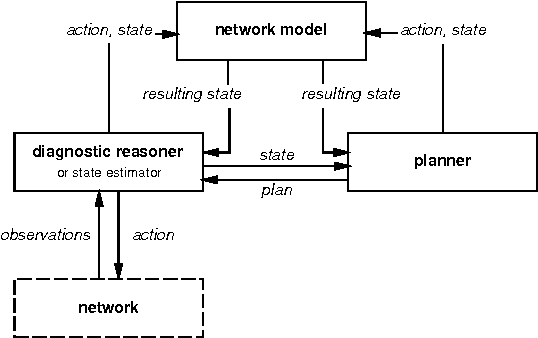
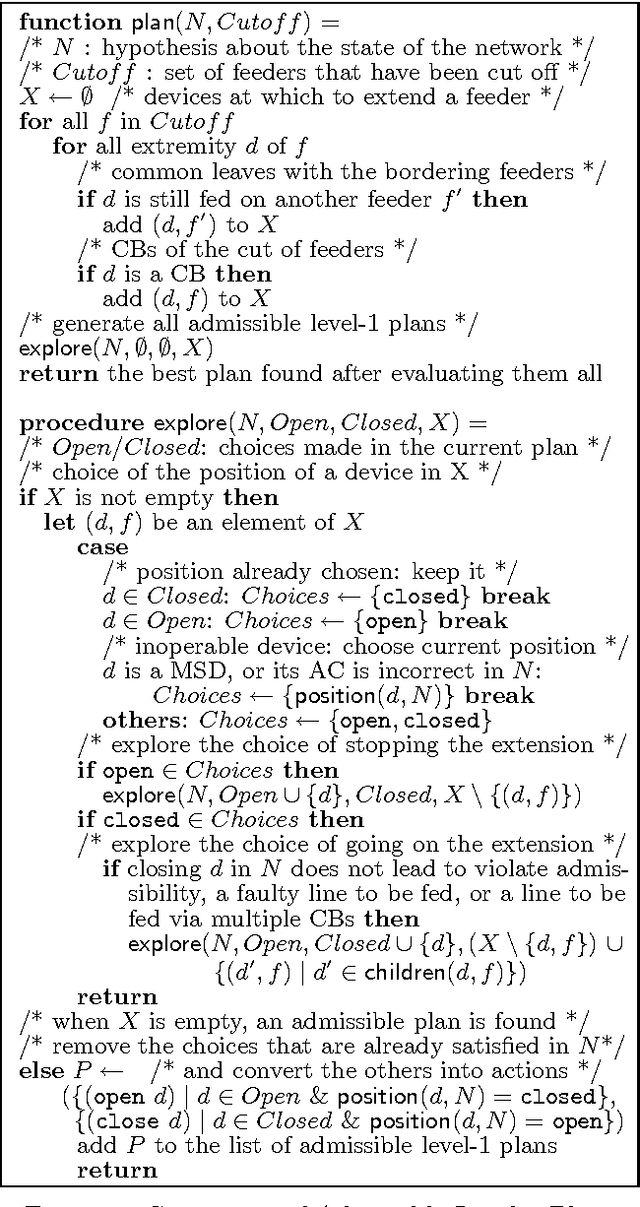
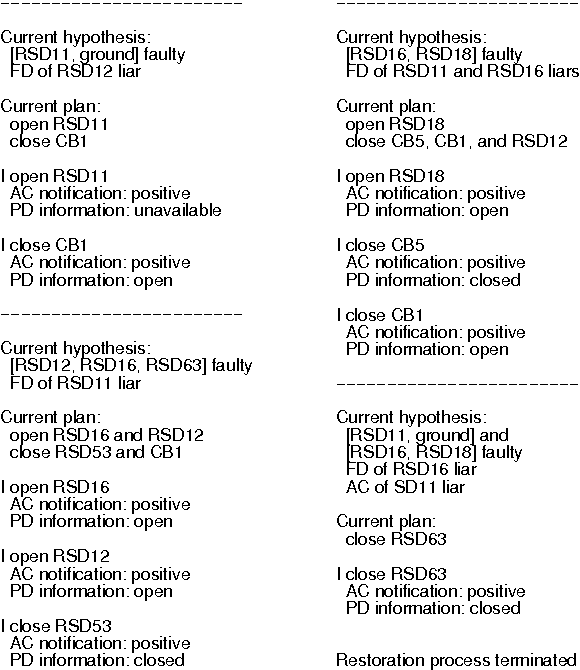
Abstract:Integrating diagnosis and repair is particularly crucial when gaining sufficient information to discriminate between several candidate diagnoses requires carrying out some repair actions. A typical case is supply restoration in a faulty power distribution system. This problem, which is a major concern for electricity distributors, features partial observability, and stochastic repair actions which are more elaborate than simple replacement of components. This paper analyses the difficulties in applying existing work on integrating model-based diagnosis and repair and on planning in partially observable stochastic domains to this real-world problem, and describes the pragmatic approach we have retained so far.
Ontology-based inference for causal explanation
Apr 27, 2010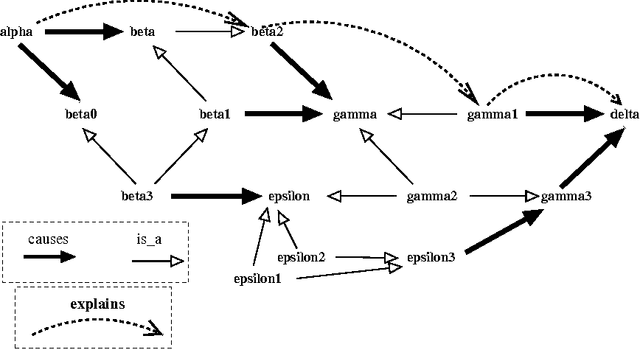
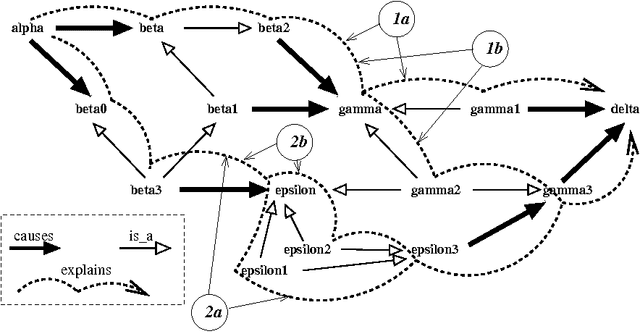
Abstract:We define an inference system to capture explanations based on causal statements, using an ontology in the form of an IS-A hierarchy. We first introduce a simple logical language which makes it possible to express that a fact causes another fact and that a fact explains another fact. We present a set of formal inference patterns from causal statements to explanation statements. We introduce an elementary ontology which gives greater expressiveness to the system while staying close to propositional reasoning. We provide an inference system that captures the patterns discussed, firstly in a purely propositional framework, then in a datalog (limited predicate) framework.
Self-adaptive web intrusion detection system
Jul 22, 2009Abstract:The evolution of the web server contents and the emergence of new kinds of intrusions make necessary the adaptation of the intrusion detection systems (IDS). Nowadays, the adaptation of the IDS requires manual -- tedious and unreactive -- actions from system administrators. In this paper, we present a self-adaptive intrusion detection system which relies on a set of local model-based diagnosers. The redundancy of diagnoses is exploited, online, by a meta-diagnoser to check the consistency of computed partial diagnoses, and to trigger the adaptation of defective diagnoser models (or signatures) in case of inconsistency. This system is applied to the intrusion detection from a stream of HTTP requests. Our results show that our system 1) detects intrusion occurrences sensitively and precisely, 2) accurately self-adapts diagnoser model, thus improving its detection accuracy.
Learning rules from multisource data for cardiac monitoring
Feb 19, 2009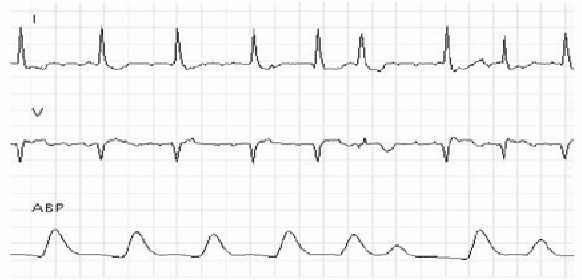
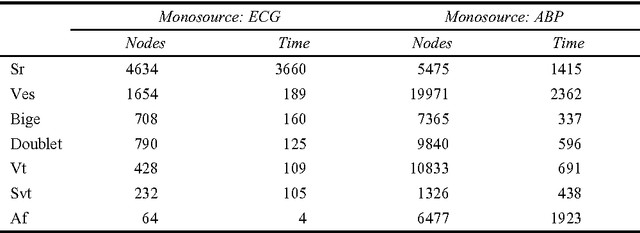
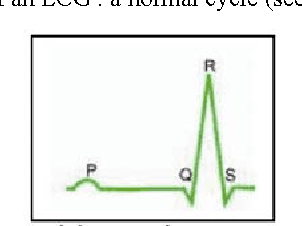
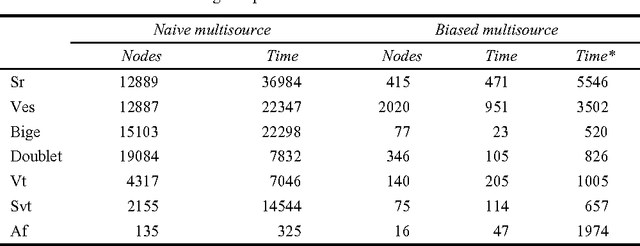
Abstract:This paper formalises the concept of learning symbolic rules from multisource data in a cardiac monitoring context. Our sources, electrocardiograms and arterial blood pressure measures, describe cardiac behaviours from different viewpoints. To learn interpretable rules, we use an Inductive Logic Programming (ILP) method. We develop an original strategy to cope with the dimensionality issues caused by using this ILP technique on a rich multisource language. The results show that our method greatly improves the feasibility and the efficiency of the process while staying accurate. They also confirm the benefits of using multiple sources to improve the diagnosis of cardiac arrhythmias.
 Add to Chrome
Add to Chrome Add to Firefox
Add to Firefox Add to Edge
Add to Edge